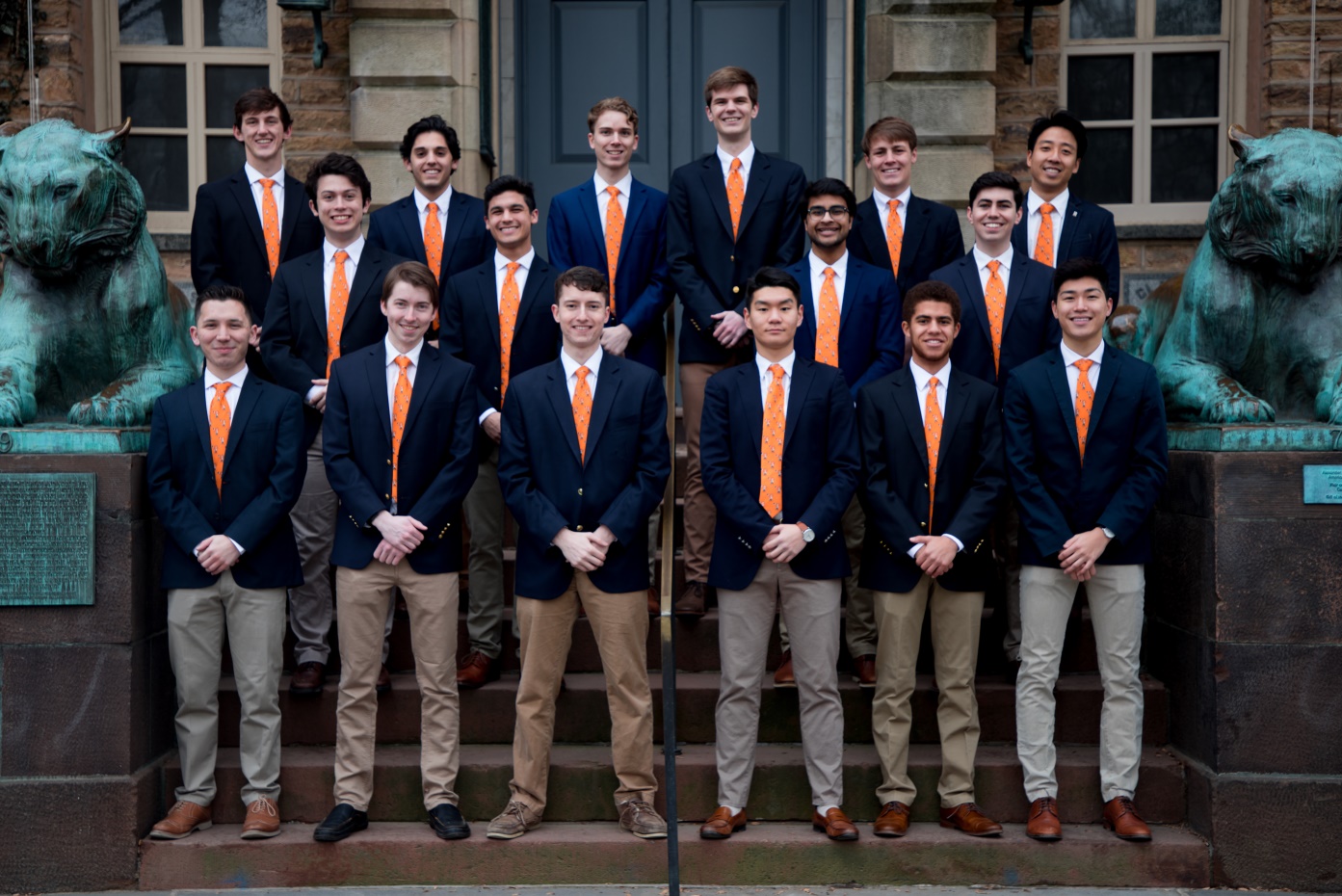By ed boitano
Ask most people to name a famous painter, and they’d probably say Dutch painter Vincent van Gogh. Today his paintings command staggering purchase prices, with his Portrait of Dr. Gachet, painted the last year of his life in Auvers-sur-Oise, selling for $152 million in today’s currency.
During his 10 short years as a painter, he sold only one painting and it was to his young art dealer brother, Theo van Gogh, who supported Vincent financially throughout most of his life. His years have been well-documented in films, from Vincente Minnelli’s “Lust for Life” and Alain Resnais’ short documentary “Van Gogh” to Robert Altman’s “Vincent & Theo,” Maurice Pialat’s “Van Gogh” and recently avant-garde painter Julian Schnabel’s “At Eternity’s Gate.”
Van Gogh is also well-represented in print. For an immediate read, visit “Vincent van Gogh: The Letters,” where all his written correspondence is presented in a web edition.
Back story
Vincent Willem van Gogh (1853-1890) was born in the southern Netherlands into an upper-middle-class Dutch family; his father a minister of the Dutch Reformed Church.
In Dutch, his surname is pronounced “vun Khokh.” Prior to be being a painter, van Gogh was a junior clerk, teacher, bookseller, art student and preacher. His commission as a lay preacher in the Borinage mining region of Belgium was spent helping coal miners in their horrific existence; living among them, sleeping on the floor and sharing their poverty. His dedication earned him the nickname, The Christ of the Coal Mine.
With his sloppy attire and unorthodox manner of “bringing God down to the miners,” the ministry’s elders found his style not in the same vein as their dignified, buttoned-up theology, and did not renew his contract.
At age 30, van Gogh decided to dedicate his life completely to art. He moved to the town of Arles in the south of France—also a favorite of the Impressionists because of the bright Mediterranean sunshine which created vivid colors and blue skies. He changed his style to impressionistic-influenced bursts of color and rough brush strokes done in thick impasto. Every act of his life was of a deeply felt sense of fervency, which transitioned into his art, where every move of his paintbrush was done with profound intensity. Regardless of the subject matter, all his work is about himself.
For many, Vincent is best known for his mental instability, suffering from psychotic episodes and delusions, which resulted in self-imposed tenures in an asylum under the care of Dr. Gachet, also a painter. A sensationalistic incident where he slashed off his left earlobe with a razor, purportedly after an argument with post-impressionist painter Paul Gauguin added to his reputation as “the unkempt mad painter.”
Vincent van Gogh Trail
in Auvers-sur-Oise
I finally caught up with van Gogh in the charming French village of Auvers-sur-Oise, just 16.9 miles by train and a world away from the riveting pulse of Paris. This is where Van Gogh spent the final two months of his life. This period was his most intense and prolific, when he created over 80 almost violent paintings and 64 sketches.
Many are considered masterpieces, such as “Crows over Wheatfield,” “Portrait of Dr. Gachet” and “Church at Auvers.” I had journeyed there to learn more about van Gogh and walk the famous self-guided Vincent van Gogh Trail. You simply follow the path where many of his works were painted and then stop at posted landmarks, each of which features a reproduction of one of his paintings overlooking the exact landscape where he painted it. It’s mesmerizing. You actually see what he saw when painting one of his many landscapes or village streets.
I was surprised not one of Van Gogh’s original paintings was on display in Auvers-sur-Oise, but you can clearly feel his spiritual presence. You’ll see the modest village houses, the town hall and the church Notre-Dame-de-l’Assomption, pretty much unchanged when Van Gogh painted them. Besides negotiating the Vincent van Gogh Trail, you can stroll farther through town and visit Dr. Gachet’s house, which is now a museum. The tour showcases the rooms where Dr. Gachet treated van Gogh with homeopathic remedies and where they painted together in his garden.
Final two days
On the evening of July 27, 1890, van Gogh staggered back to his tiny room at the Auberge Ravoux. Alarmed by the artist’s groans, the innkeeper looked in on van Gogh and found him doubled over in pain from a gunshot wound to his stomach. The innkeeper summoned Dr. Gachet.
After examining the patient, it was clear it was not possible to remove the bullet. Gachet placed a pipe in the artist’s mouth and sat at his side and painted a canvas of him, at van Gogh’s request. Theo heard the news the next day and rushed to Auvers to be by his brother’s side. He purportedly whispered to Theo he shot himself in the chest and missed, resulting in the bullet entering his stomach. He apparently passed out, and then was revived when the weather cooled down. His next step was to shoot himself again in a more fatal part of his body, but he could not find the gun.
The disappearance of the murder weapon resulted in a series of conspiracy theories. There were long debates whether he committed suicide or was shot by an unnamed person. Never popular wherever he lived, he was often considered by villagers to be a dangerous madman dressed in rags. Children would mock van Gogh, throwing rocks and dirt clods at him while he painted. Some researchers argue van Gogh was accidentally shot by two young boys playing with a gun nearby.
The mystery finally came to rest when a corroded revolver was discovered, buried in a wheat field, by a farmer in 1965. Lauded as the most famous weapon in art history, an unnamed buyer bought the 7 mm caliber Lefaucheux revolver for about $212,000. The gun’s trigger is pulled back, frozen in place, cementing the moment where it would have dropped from van Gogh’s grasp. Its caliber matches the bullet retrieved from van Gogh’s body, scientific studies show the gun had been in the ground since the 1890s, and it is a lower-power gun, which could potentially explain the artist’s prolonged death.
The journey back in time continued with the much-anticipated tour of van Gogh’s modest attic room in Auberge Ravoux where he died. Often called The House of van Gogh, the room remained vacant since his death, not because it was where van Gogh took his last breath but due to the French superstition of never renting a room where someone died. There was a sense of hushed reverence as our small group followed our guide up the sacred stairs. As we quietly assembled in the little room, I felt I already knew this Spartan-like dwelling from Vincent’s paintings, which along with his quarters in Arles, is one of the most famous rooms in art history. But to see it, smell it and feel it in person moved me to the depths of my soul. Our guide gave a heartfelt account of Vincent’s last two days. It was so heartfelt, she actually wept.
A final walk up the little hill leads to the cemetery where the unassuming graves of Vincent and Theo rest, buried side by side.
Info: Tourist office Auvers




